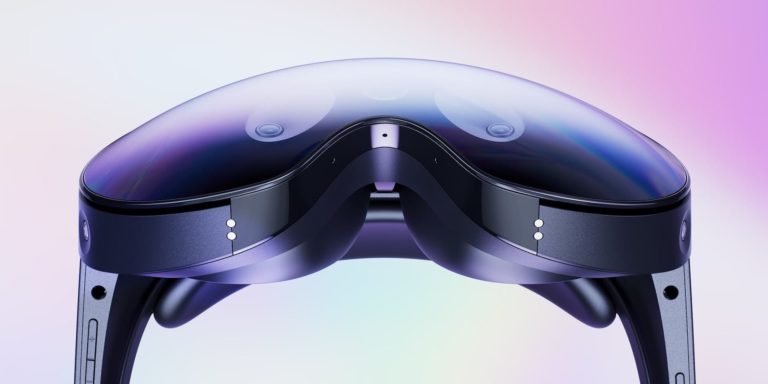
As you may have heard, Meta announced Q1 earnings last week. Among other things, Meta Reality Labs’ (MRL) represented a $4.3 billion expense. There, the message to investors is to stick with Meta while it builds, and cements a central position within, computing’s next era.
Meanwhile, MRL’s expenses are down from $5 billion in Q4, showing that its “year of efficiency” is showing results. When stripping out restructuring costs due to layoffs, operational expenses were $3.99 billion. All the above boosted Meta’s stock 15 percent as of this writing.
Meanwhile, MRL top-line revenue was $339 million. That’s down from $727 million in Q4 (quarter-over-quarter) and $695 million in Q1 2022 (year-over-year). The former is due to a dip after the holiday period, and the latter is due to slowing VR sales amidst macroeconomic retraction.
There’s a lot to be said about those fluctuations (more on that in a bit). But our main question is how MRL Q1 revenue translates to VR unit sales. This is an exercise we’ve done every quarter for several years, but with a different methodology since Meta started breaking out MRL revenue.
Reverse Engineering
Diving in, Reality Labs made $339 million in Q1, as noted. Based on Meta’s disclosures last year, we’ve extrapolated that VR software (game and app sales) is about 23 percent of that. That makes software revenue approximately $77.97 million*, leaving $261.03 million for hardware.
As we’ve estimated, headsets are about 92 percent of that, the rest being first-party accessories like head straps and face shields. That brings us to $240.15 million for headset sales. That’s both Quest 2 and Quest Pro, the former accounting for an estimated 90 percent of revenue.
For Quest 2…
Based on the above, Quest 2’s estimated revenue is $216.13 million. Considering an average unit price of $415** this means that Meta sold approximately 520,802 Quest 2s in Q1.
For Quest Pro…
Based on the above, Quest Pro’s estimated revenue is $24.01 million. Considering a Q1 unit price of $999 (the price dropped from $1,499 in early March) this means that Meta sold approximately 24,038 Quest Pros in Q1.
Adding up both headsets, we get an estimated total of 544,842 units sold in Q1.
*This figure represents the Oculus Store’s gross revenue, before developer payouts, which are usually 70 percent after taxes.
**During Q1, Quest 2 base model (128GB) was $399 while the 256GB model was $429. This averages out at $415. In the past, we have reduced the mean due to weighted sales at the lower end, but a new pricing structure doubles storage for $30 more, thus incentivizing the higher end and evening out the sales mix.
Passion Project
Back to MRL expenses, Meta positions it as a necessary investment for the company’s future. This requires two things: One is lots of investor patience (which is running thin). And two is a leadership structure that enables Zuckerberg’s unilateral control. Few companies can do this.
In the process, MRL has been painted in interweb punditry as an ill-timed passion project. But considering declining revenue to its core business, and the existential challenges from Apple’s app tracking transparency (ATT), now is precisely the right time to start building lifeboats.
Moreover, Meta’s investments in VR hardware and operating system make it a bonafide platform. That gives it vertical integration and less dependence on the uncertainties of piggybacking on others’ platforms (read: iOS and Android). Meta has learned this lesson the hard way.
Meanwhile, amidst all the schadenfreude, Meta continues to build for the long haul, though it’s caving to pressure to some degree to pull back on metaverse ambitions. Still, the important part is that it’s using today’s dollars to build tomorrow’s business. The proof will lie in its execution.

